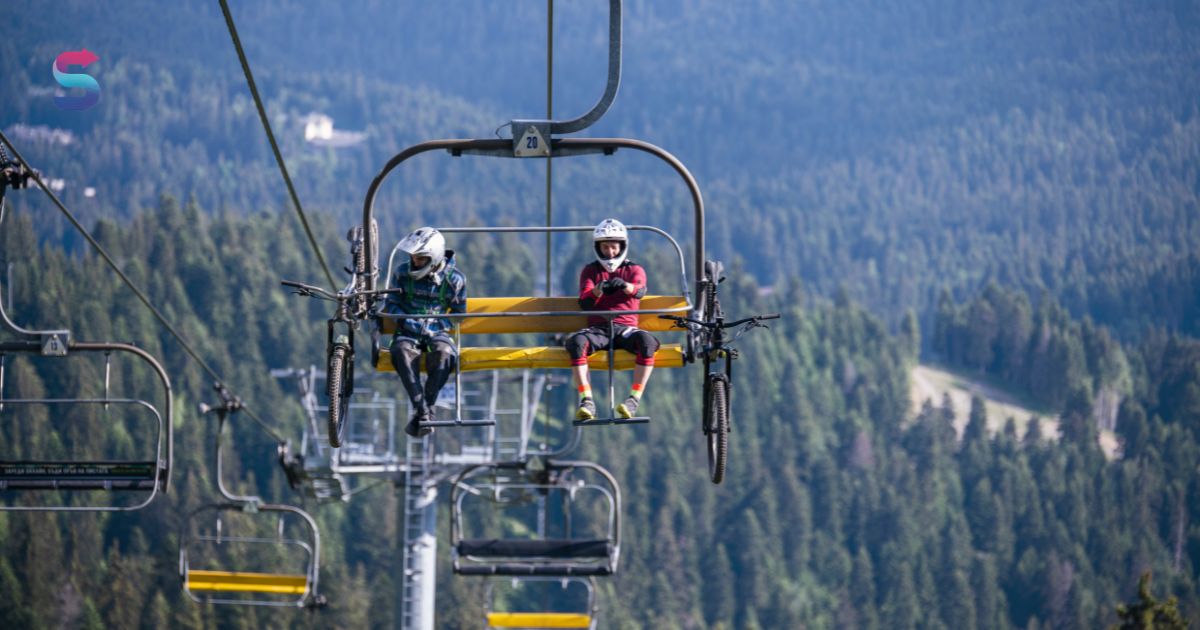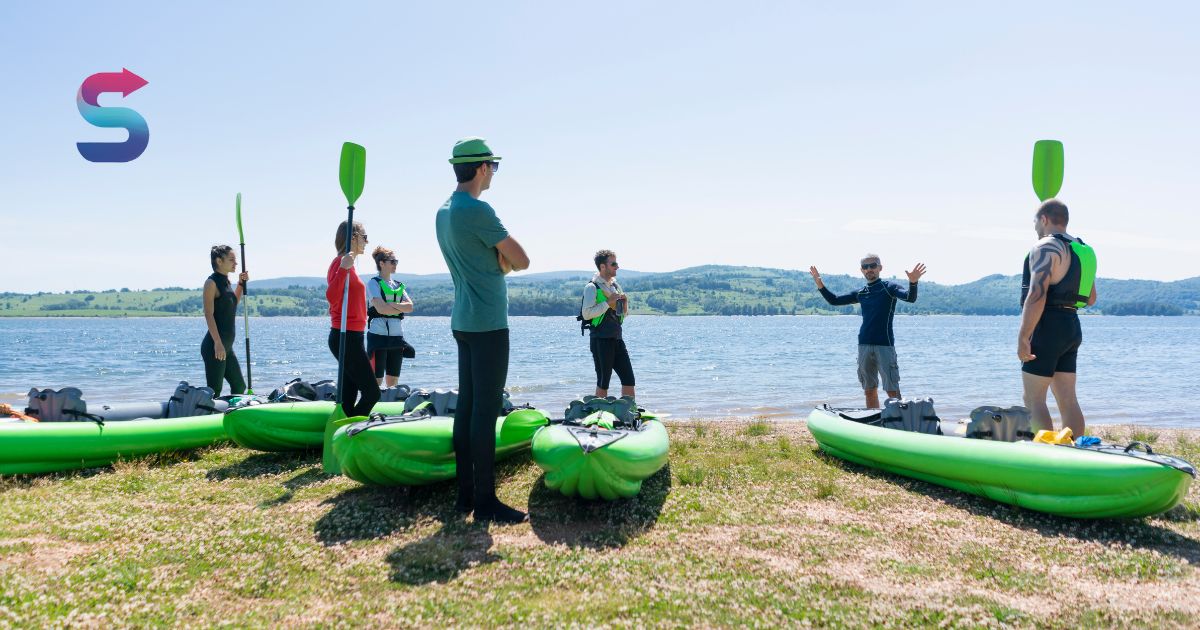Adventure sports, a genre of activities seamlessly blending physical exertion, challenge, and an inherent element of risk, have become increasingly popular among thrill-seekers. Whether hurtling down a steep mountain trail on a mountain bike, kayaking through tumultuous whitewater rapids, or freeing from an airplane while skydiving, adventure sports offer an exhilarating escape from the mundane. This article delves into adventure sports, exploring their definition, appeal, and the various types that cater to different preferences.
Definition of Adventure Sports
Adventure sports involve physical exertion, challenge, and often a degree of risk, typically set in natural environments. Imagine mountain biking down a steep trail, kayaking through tumultuous whitewater rapids, or experiencing the adrenaline rush of skydiving from an airplane.
The appeal of Adventure Sports
The allure of adventure sports lies in the thrill of pushing personal boundaries, connecting intimately with nature, and embracing each activity’s novelty and excitement. It’s about stepping out of your comfort zone and into an arena where the unexpected becomes a source of exhilaration.
Types of Adventure Sports

Air
- Skydiving: Freefalling through the air before deploying a parachute.
- Paragliding: Soaring through the sky using a large, inflatable wing.
- Hang Gliding: Similar to paragliding, but with a rigid wing controlled by the pilot.
- BASE Jumping: Using a parachute from fixed objects like cliffs or buildings. (Extreme caution and proper training advised!)
Water
- Whitewater Kayaking: Navigating rushing rivers and rapids in a kayak.
- Rafting: Riding inflatable rafts through rapids with a group of people.
- Scuba Diving: Exploring the underwater world with the help of breathing apparatus.
- Surfing: Riding waves on a surfboard.
- Windsurfing: Combining surfing with sailing, using a board with a sail attached.
Land
- Rock Climbing: Scaling rock faces using hands and feet, with or without ropes.
- Mountain Biking: Cycling on rough terrain, including hills, forests, and mountains.
- Caving: Exploring caves and underground systems.
- Trekking: Hiking for long distances in challenging environments.
Other
- Bungee Jumping: Jumping from a high point with an elastic cord attached to your ankles.
- Canyoning: Descending canyons by walking, climbing, swimming, and rappelling.
- Parkour: Using your body and surroundings to move freely and efficiently through an urban environment.
Planning Your Adventure

Embarking on an adventure requires careful planning to ensure a safe and enjoyable experience.
- Choosing the Right Sport: Consider your interests and skill level.
- Finding Qualified Instructors or Guides: Seek professionals for proper guidance.
- Obtaining Proper Equipment and Gear: Invest in quality equipment to ensure safety.
- Understanding Risks and Safety Precautions: Be aware of potential dangers and take necessary precautions.
- Choosing a Suitable Location and Time: Consider the environment and weather conditions.
The Adventure Experience

The adventure experience encompasses physical and mental challenges, the beauty of the natural environment, a sense of accomplishment, and the camaraderie in group activities. It’s a holistic journey that contributes to personal growth and lasting memories.
Adventure sports push individuals beyond their limits, both physically and mentally. The challenges faced in these activities forge resilience, discipline, and mental fortitude. The beauty of the natural environment serves as a backdrop to these physical feats, enhancing the overall experience.
The sense of accomplishment derived from conquering a challenging trail, reaching the summit, or navigating turbulent waters is unparalleled. It fosters a profound connection with one’s abilities and a heightened appreciation for the natural world. These moments of triumph become milestones in one’s personal journey, contributing to self-discovery and growth.
Furthermore, the camaraderie formed in group activities adds a social dimension to adventure sports. Whether conquering a peak with a team of climbers, navigating whitewater rapids in tandem with fellow kayakers, or relying on a partner during a rock-climbing ascent, the shared experiences create lasting bonds. The mutual support and teamwork required in these pursuits strengthen interpersonal relationships and provide a sense of community.
Conclusion
Adventure sports have a profound and lasting impact on one’s life. Beyond the adrenaline rush, they foster personal development, resilience, and a deeper connection with the natural world. This article encourages readers to step out of their comfort zones, embrace the thrill of adventure, and discover the transformative power these activities can have on their lives. So, gear up, find your adventure, and let the journey begin!
In the grand tapestry of life, adventure sports add vibrant threads that weave a story of courage, exploration, and self-discovery. The lasting impact of these experiences resonates far beyond the moment’s thrill, creating a tapestry rich with memories, personal growth, and a heightened appreciation for the world around us. So, as this article concludes, the call to adventure echoes—encouraging you to embrace the unknown, step out of your comfort zone, and embark on a journey that will leave an indelible mark on your life.















